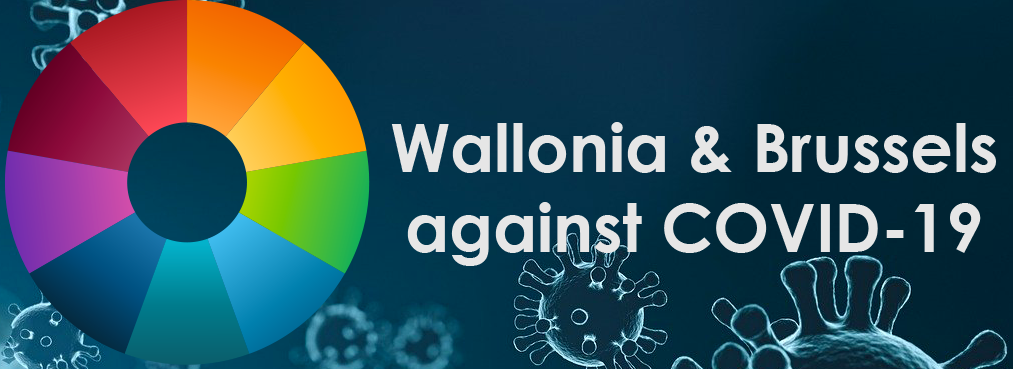Nicolas Franco, Doctor
UNamur
" Mathematical modelling of the covid-19 epidemic in Belgium (SIR-type models, age-structured, care centres consideration,...): monitoring, detection of new peak and scenario-based forecasting "
Publication References: Technical reports can be delivered on demand
Contact: This email address is being protected from spambots. You need JavaScript enabled to view it.
Comment: Collaboration with GEES members on the mathematical modelling of the covid-19 epidemic in Belgium


